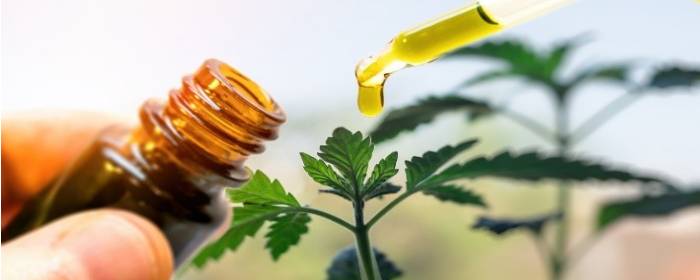
How Does Stem Cell Therapy Improve Back Pain?
Half of all working adults in the U.S. report back pain symptoms each year. In many cases, the issue is acute and will resolve over time. In other cases, the pain can be pronounced and intensify if left unaddressed, interfering with daily activities. Understandably, many patients hope to avoid invasive back surgeries but are still seeking relief through other means. When conventional therapies fall short, stem cell therapy could be a solution for you.
Stem Cell Therapy as a Back-Pain Treatment
Existing treatments for many conditions causing pain in the back include anti-inflammatory and prescription pain medications, physical therapy, and lifestyle modifications. When pain is severe, more invasive approaches, including surgical spinal fusion, may be recommended. Unfortunately, pain can persist even after surgery.
Today, patients have an alternative minimally invasive option. Stem cell therapy is being leveraged to improve lower back pain to do some of the following:
- Repair disc or facet joint damage
- Improve function
- Alleviate chronic pain
The treatment has been implemented for a number of back conditions, including degenerative disc disease, spinal cord injury, herniated discs, sciatica, and spinal facet disease. The stem cells can be strategically administered with the goal of restoring structural integrity, function, and pain reduction.
With spinal facet disease, the stem cells can be directed to the cartilage surrounding the spinal facet joints to reduce pain and inflammation and improve mobility. The injection is performed via x-ray guidance for the utmost level of precision.
If you’re experiencing pain from disc or facet injuries caused by arthritis, overuse, or trauma, you could potentially be an ideal candidate for stem cell therapy for back pain. The treatment is widely considered to be safe and effective, and in addition to being minimally invasive, requires little recovery time before yielding improvements. Contact a Care Coordinator today for a free assessment!





 St. Petersburg, Florida
St. Petersburg, Florida
